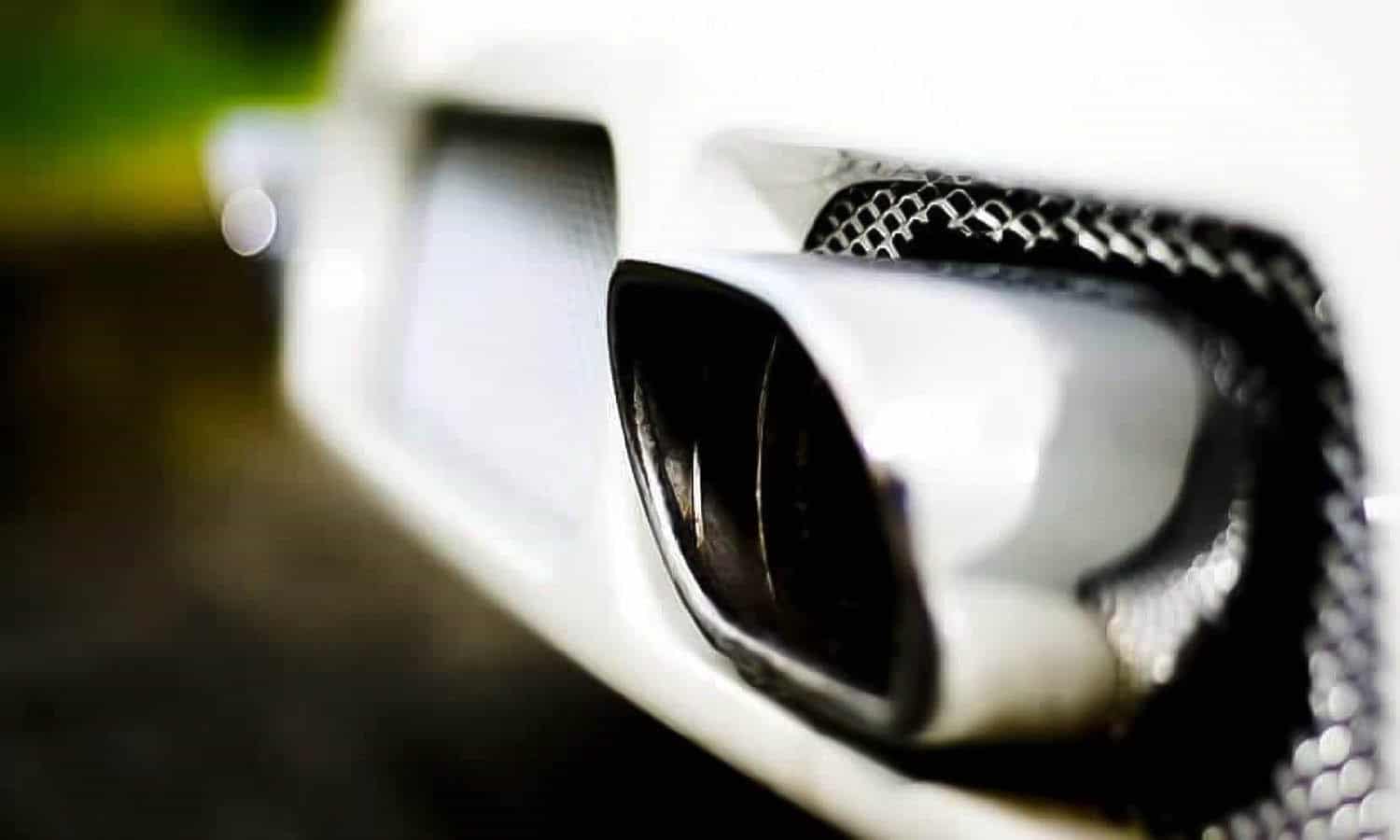
There are various types of exhaust muffler, classified according to the way they manage to attenuate that noise and dissipate the gases that come out of the engine. Whether for cars, motorcycles, boats, etc., they can be classified into: absorption, expansion, lateral resonator and interference.
However, not all exhaust silencers on the market fit this list. In fact, many of them use several methods at once to reduce noise at various frequencies. In this way, they achieve much better results than if they only used one of them.
We have previously talked about the muffler operation, briefly listing its constituent parts to reduce the noise that occurs when gases begin to violently exit the engine. Here, we are going to talk about the types of sound attenuation that exist for different types of vehicles.
Absorption exhaust silencer
In absorption silencers, the glass wool tubes, mineral wool or some similar material. In addition, the sound can be forced to pass through several ducts, always covered with acoustic insulation, in order to absorb as much noise as possible.
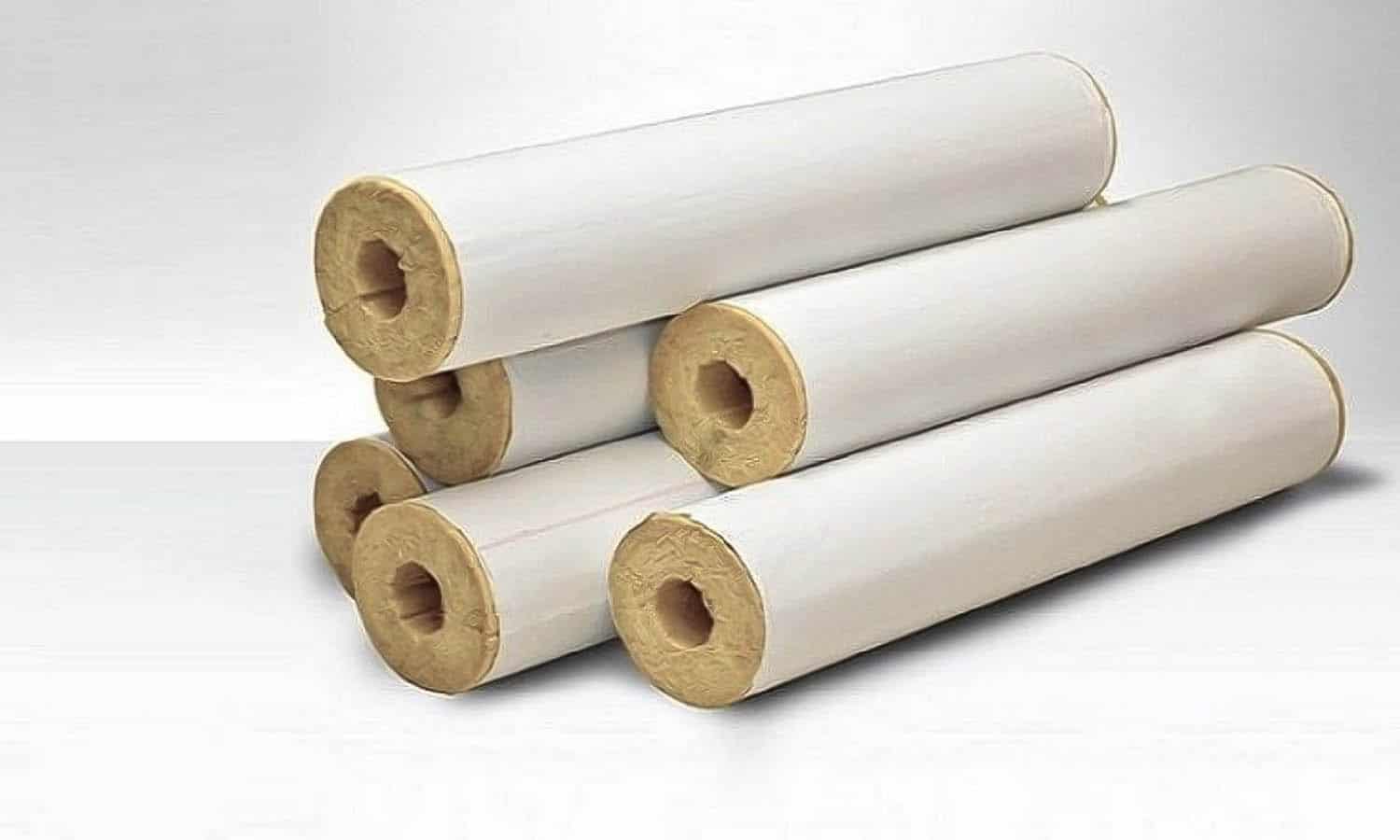
In this noise absorption system it is necessary to use materials resistant to temperatures and the passage of time. Still, the disadvantage they have is that with the passage of time they end up deteriorating. If it gets to that point, the glass wool or the material used can end up coming out of the exhaust pipe or getting trapped inside the muffler without serving its purpose. In which case you have to change it for a new one.
La advantage One of this type of exhaust pipe silencers is that they work at the same time as thermal and acoustic insulator. For this reason, they are used very often on motorcycles, where it is easy to touch the exhaust pipe with your leg. Of course, they are also used in other types of vehicles or machinery, since thermal insulation is necessary in many circumstances.
expansion silencer
In the expansion silencers, a tube flare, and then tighten it again. Thanks to this, and to the geometry of the chamber, part of that sound is sent back to the source.
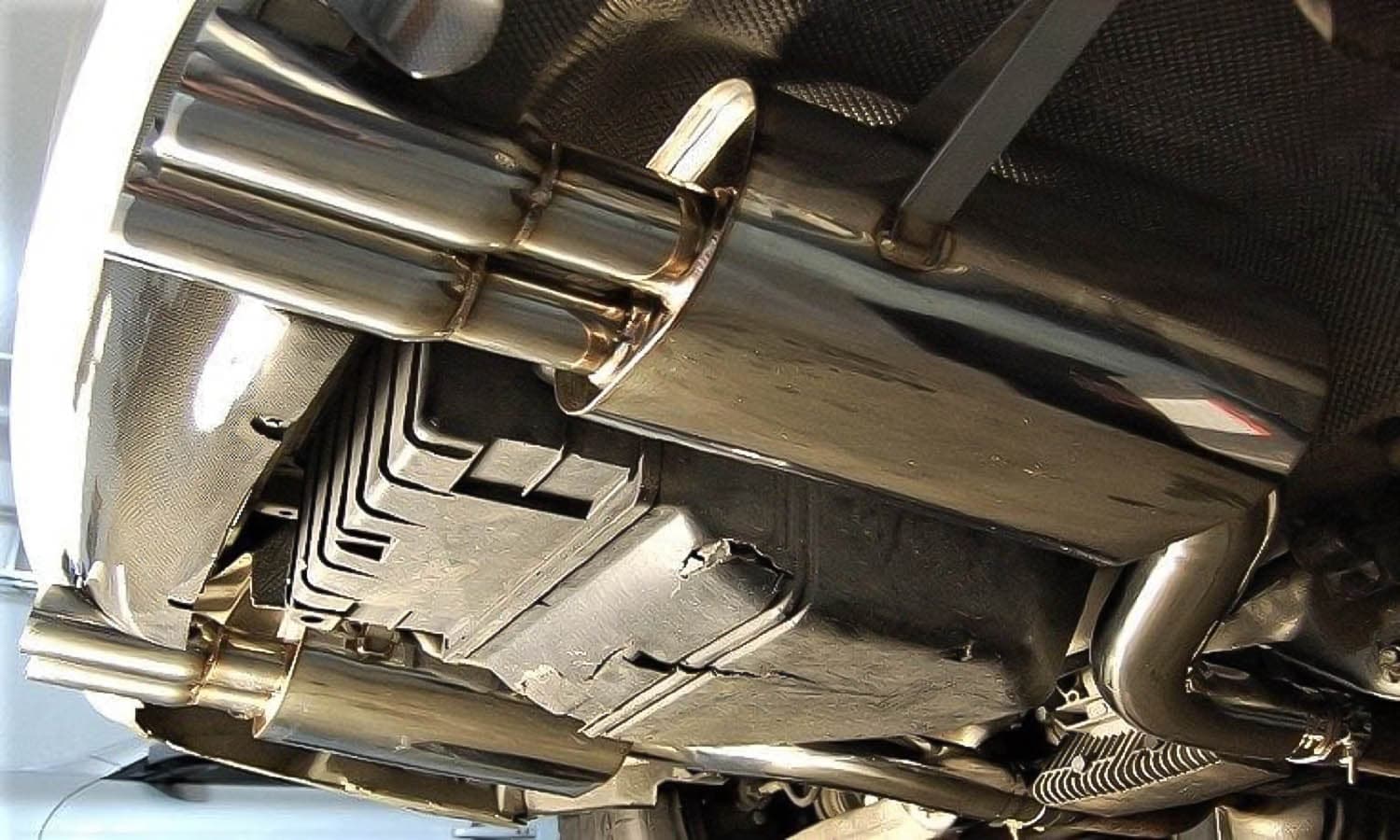
This type of exhaust mufflers are very useful for sounds with energy concentrated in a few frequencies. Its function is to disperse that energy between as many frequencies as possible to achieve a much less shrill noise.
La disadvantage of this type of silencers is that they dissipate much less noise. On advantage is that is that they are easily combinable with any of the other methods since both the expansion and the interference methods need a wider cavity to work. Without going any further, the photo in this section shows silencers that use various types. But they make it clear what the shape of an expansion muffler is on the outside.
The expansion method is used on motorcycles, cars and trucks, but not often used on its own today due to its low efficiency. Such a silencer would not pass the minimum requirements imposed by the acoustic regulations. In any case, the physical principle by which they work is used to modify the frequency of the sound. This way you can get a deeper exhaust noise if you want.
Side resonator silencer
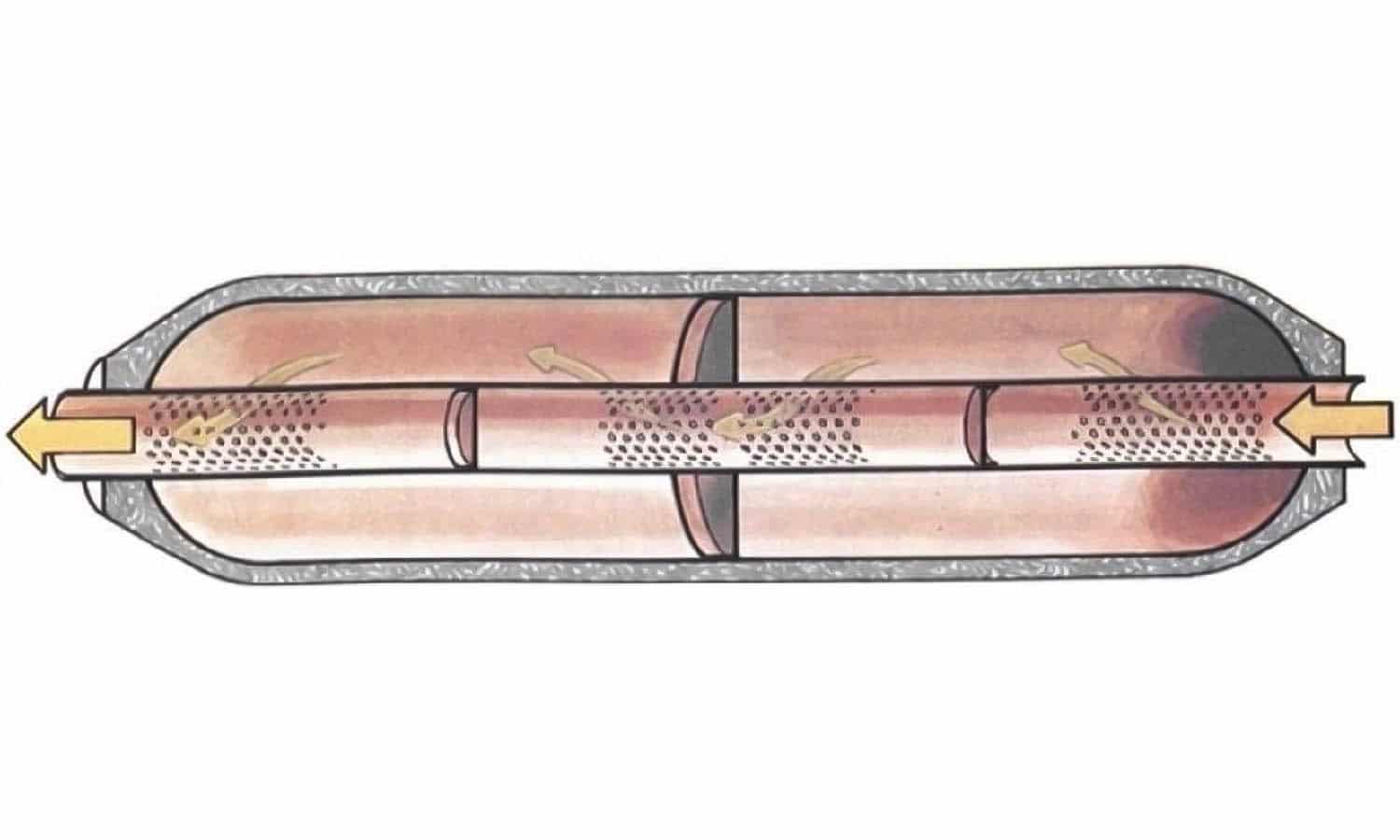
El side resonator exhaust muffler It works by piercing the exhaust pipe and surrounding it with a larger diameter one. As you can see in the image, the tubes are divided to cause the sound to have to pass from one to the other repeatedly and to lose volume by constantly bouncing off their walls.
La advantage they have is that they are compact because of their shape. That is why they are frequently used on motorcycles, although they can also be seen on cars and trucks. That said, it should be noted that this noise reduction method not used on its own in conventional vehicles. The disadvantage is that by themselves they are very ineffective. They are usually combined with acoustic insulators that reduce noise due to friction between other systems, expansion chambers or interference silencers.
The result is that the distribution shown in this image is not the only one that exists for a lateral resonator. For example, the inner tube can also be twisted as an intestine to fit into a rectangular shell. It is also possible to create a silencer with several chambers using different methods and in one of them there is a single side resonator tube. The team in charge of creating the muffler will choose the best configuration for each vehicle.
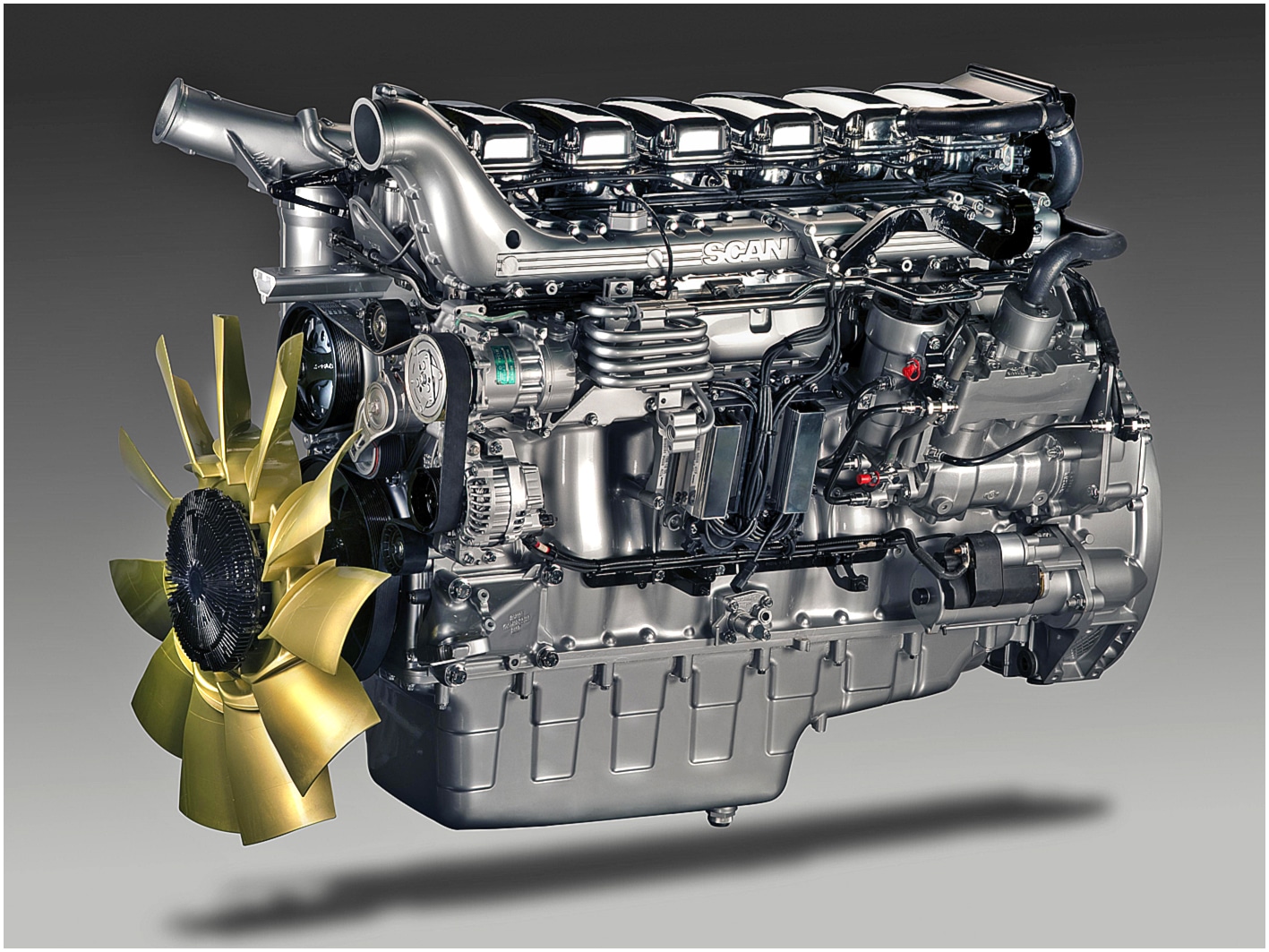
interference silencer
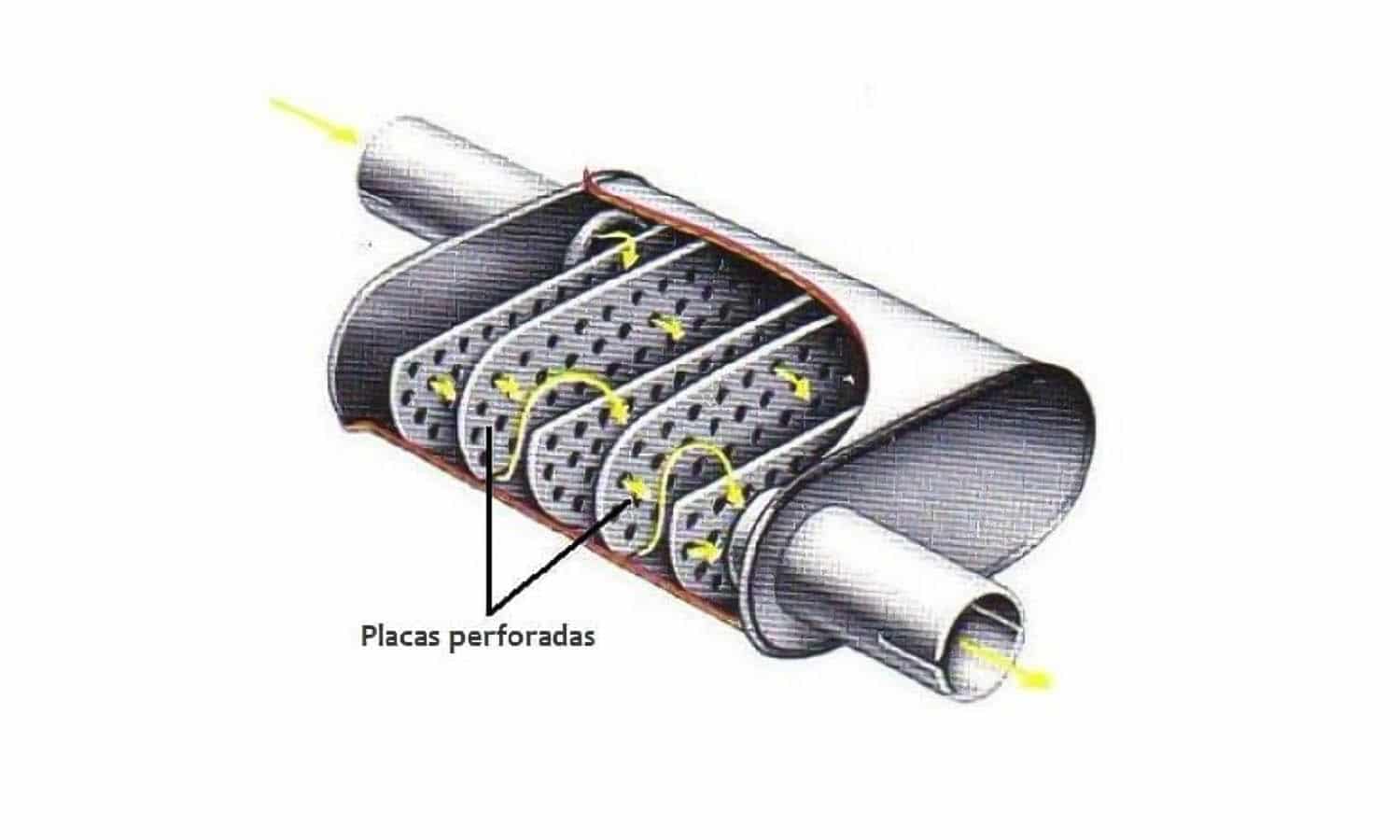
The interference exhaust muffler do bounce sound waves so they interfere with each other. To achieve this, the cavity is filled with perforated and parallel plates. Thus they create small echoes that partially cancel the waves and gradually reduce the noise.
Still, it is normal to combine it with absorption silencers. In this way, in addition to achieving interference, a reduction due to friction is also achieved. In addition, as we have told you before, they are also combined with side resonators, creating a more intricate cavity system.
Su advantage is that it is easily combinable with other types of silencers. Their disadvantage is that it may require more space, so the muffler will be more voluminous. A feature that is not compatible with any vehicle.
Helmholtz resonator
This interference can also be achieved by another somewhat less intuitive acoustic absorber: the Helmholtz resonator. It is a chamber whose interior air acts as an invisible wall of air.
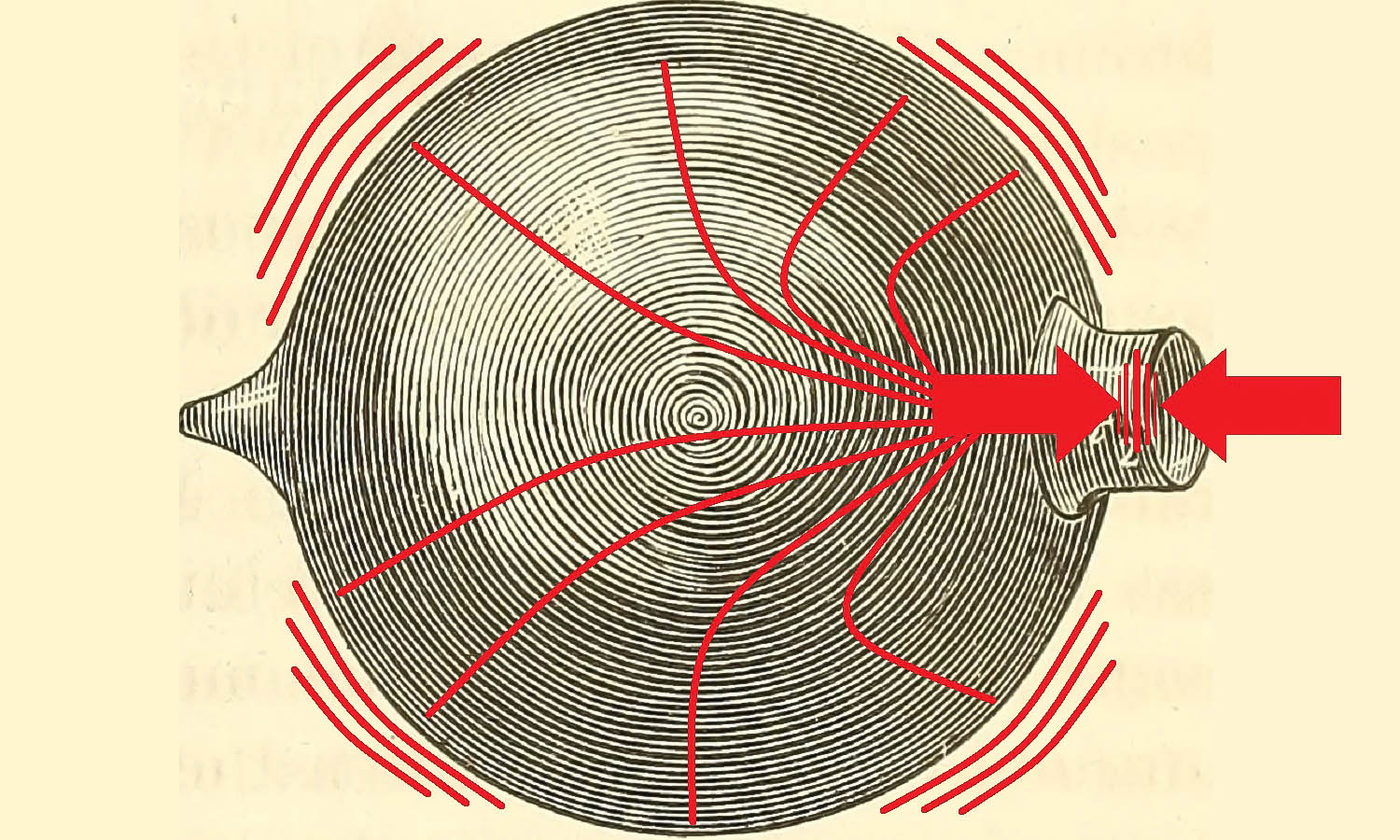
The image shows a Helmholtz resonator as it was conceived, but its crafts on exhaust mufflers adapted to the needs of the vehicle. However, it is a good explanation of how it works. To understand it, you just have to remember the helicopter effect that occurs when you roll down a window on the road or highway. That uncomfortable vibration in the air that hurts the occupants' ears.
It's the same, but the resonator is designed with the right size, thickness and material to generate a vibration concrete: the same one that enters with the sound of the engine. That is, a resonance is created with the same frequency that is introduced into it and therefore cancels it.
La advantage of this exhaust muffler is that almost completely cancels the frequency that enters it. On disadvantage is that, depending on its characteristics, It will affect some frequencies a lot and not others.. Therefore, it is normally calibrated for the loudest frequencies that the motor in question emits. That is, it will not be the same for a 1.2-liter gasoline engine as for a 4.4-liter turbodiesel. The developers of the model will be in charge of calculating it. For the rest of the frequencies, the exhaust pipe silencers described above are used.
Images – Federico Feroldi, Kevin Fanciulli